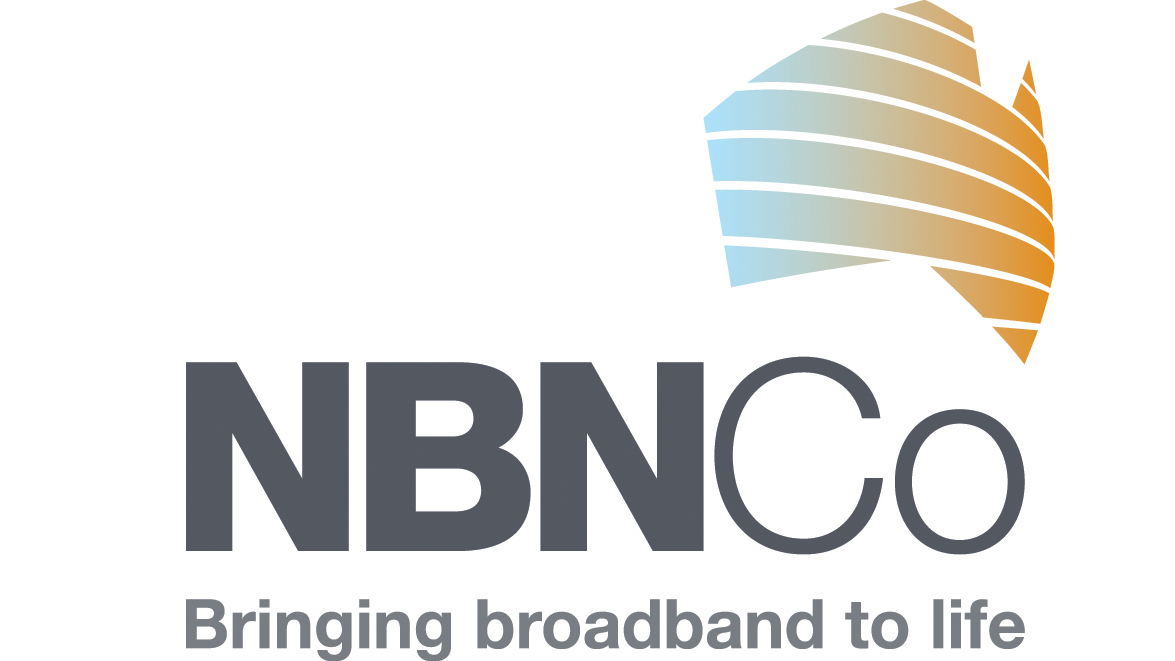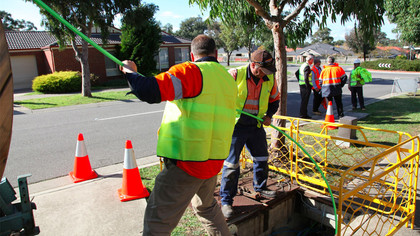The NBN: Everything you need to know
Everything you need to know about the National Broadband Network

No technology has quite changed the way we interact with each other like the internet has. From email to Facebook, from Twitter to Quickflix, people are spending more and more of their time online.
Not only are we spending more of our time online, but we're downloading more and more stuff every day. More than four billion hours of video are watched each month on YouTube, while there are over a billion monthly active Facebook users.
But it's not just social. Businesses are moving to the web en masse, creating an industry worth billions. The convenience of shopping from home, or accessing your favourite media instantly via the web has seen more and more startups and services launch businesses specifically for the web.
The Australian Bureau of Statistics reported that the average broadband usage across Australia increased 46% between 2013 and 2014.
All this demand for content has put a strain on the infrastructure that connects homes all over Australia to the internet. For the most part, that infrastructure consists of ageing copper wires, owned by Telstra and in need of upgrading.
ADSL technology, which delivers broadband to the vast majority of Australian homes, has reached its peak as well, with ADSL2+ unable to offer more than a theoretical maximum download speed of 24Mbps. That number is always much less, as the quality of the signal over copper degrades with distance.
Fibre Optic cable, on the other hand, offers an easy 100Mbps connection, that is largely unaffected by distance.
Get daily insight, inspiration and deals in your inbox
Sign up for breaking news, reviews, opinion, top tech deals, and more.
What's more, it can be scaled upwards, with 1Gbps speeds already available on some networks around the world, and research showing 40Gbps speeds can be attainable and affordable within a few years.
For the speeds to get faster, the cable in the ground remains the same, it's the connections at the ends of the cable that need to be updated.
It was with this idea in mind that the Labor government went to the polls in 2007 with a policy for a national broadband network.
Initially, the government was hoping to have private companies build and rollout the network, but it quickly became apparent that the job would be too big, too expensive and too risky for the private sector to pursue.

So in 2009, The Labor Government announced its plans for the National Broadband Network. A nationwide, fibre to the premises network that serviced 93 per cent of Australian homes, with wireless being used to reach the remaining seven per cent.
Run by a government funded company - NBNCo - the NBN would offer wholesale fibre services to ISPs to sell on to the end user.
A massive undertaking, both in scope and in price, the NBN quickly became a political football, kicked between the government and the opposition to score cheap political points.
The Liberal Party decided that if the NBN provided optical fibre to a box at the end of the street (the node), it would be less expensive and faster to implement. This requires the use of Telstra's copper infrastructure for the last segments from the nodes to households.
The coalition's policy still lends money to NBN Co for a large portion of the infrastructure but also encourages private companies to 'finish off' the infrastructure themselves. The Coalition claims that their NBN is less expensive, will be finished significantly sooner and lays the groundwork for a good broadband network somewhere down the track.
The downside is, the distribution of 100% fibre optic broadband will be a function of market forces, meaning it will go to densely populated and high income areas quickly and may never make it to other areas of Australia.
Using copper wires also reduces the final speed of the connection by a minimum of 20% and in some cases the immediate benefits of the upgrade could be negligible.